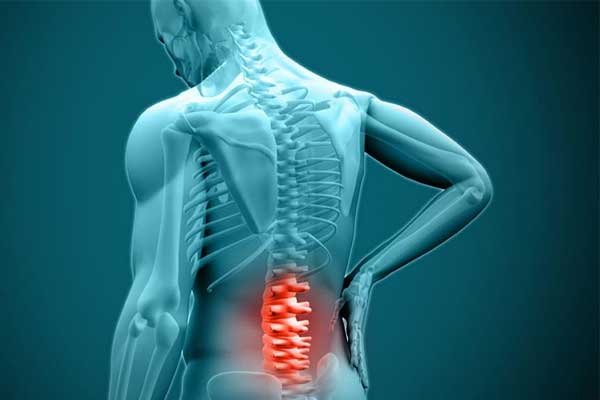Understanding Disc Injuries
Disc injuries are a common source of back and neck pain that can significantly impact a person’s quality of life. These injuries, often referred to as herniated discs or slipped discs, occur when the soft, gel-like center of an intervertebral disc protrudes through the tougher outer layer. In this article, we will delve into the causes, symptoms, diagnosis, and treatment options for disc injuries.

Causes: Disc injuries can be caused by a variety of factors, including:
- Age: As we age, the discs in our spine lose some of their water content, making them less flexible and more prone to injury.
- Trauma: Sudden impacts or accidents can cause the disc’s outer layer to tear, leading to herniation.
- Repetitive Strain: Repeated movements or heavy lifting can put strain on the discs, gradually weakening them over time.
- Poor Posture: Incorrect posture can gradually stress the discs, leading to wear and tear.
- Genetics: Some people are genetically predisposed to having weaker discs, making them more susceptible to injuries.
Symptoms: The symptoms of a disc injury can vary depending on the location and severity of the injury. Common symptoms include:
- Pain: This can range from mild to severe, and may be localized to the back or neck or radiate down the arms or legs.
- Numbness and Tingling: Patients might experience sensations of numbness, tingling, or a pins-and-needles feeling in the affected area.
- Muscle Weakness: Weakness in specific muscle groups can occur due to nerve compression caused by the herniated disc.
- Changes in Reflexes: Reflexes may be affected if the injured disc is compressing the nerves responsible for these responses.
